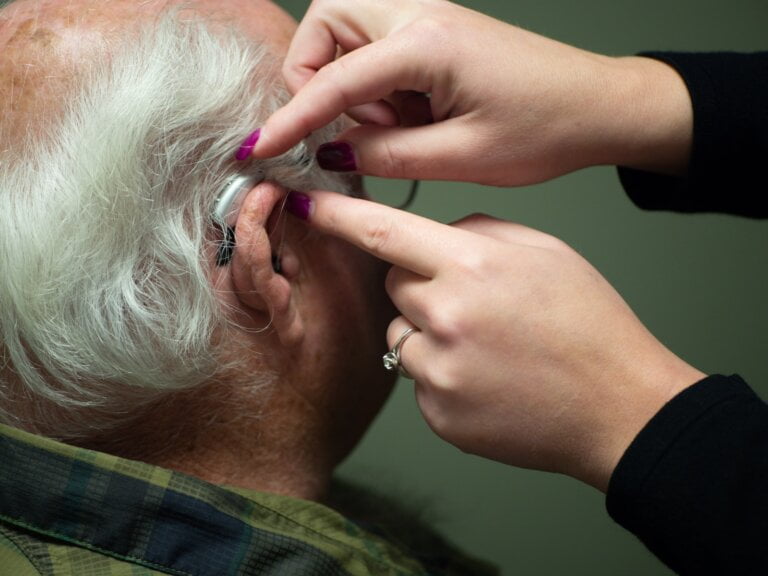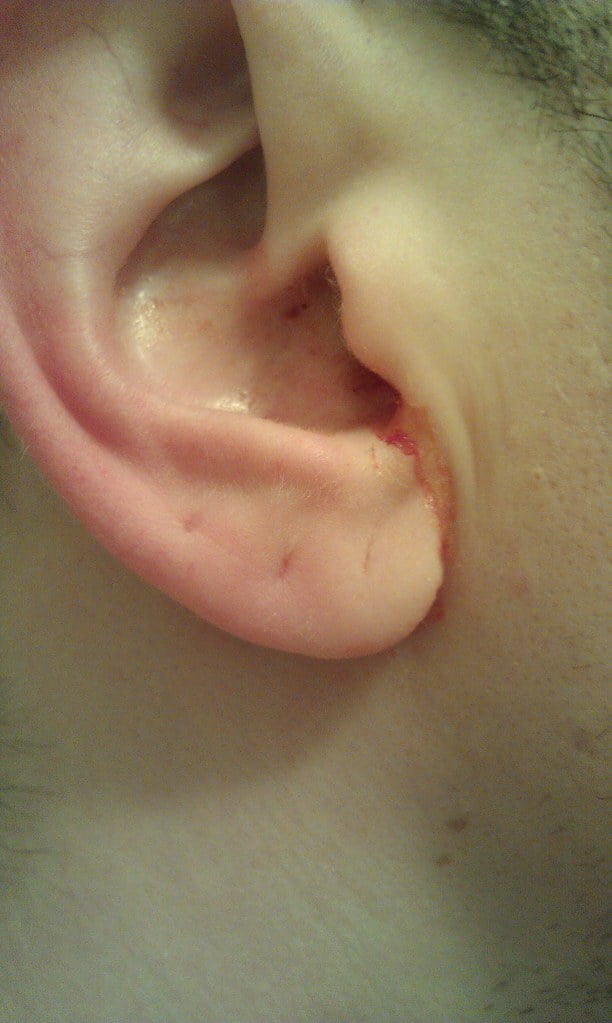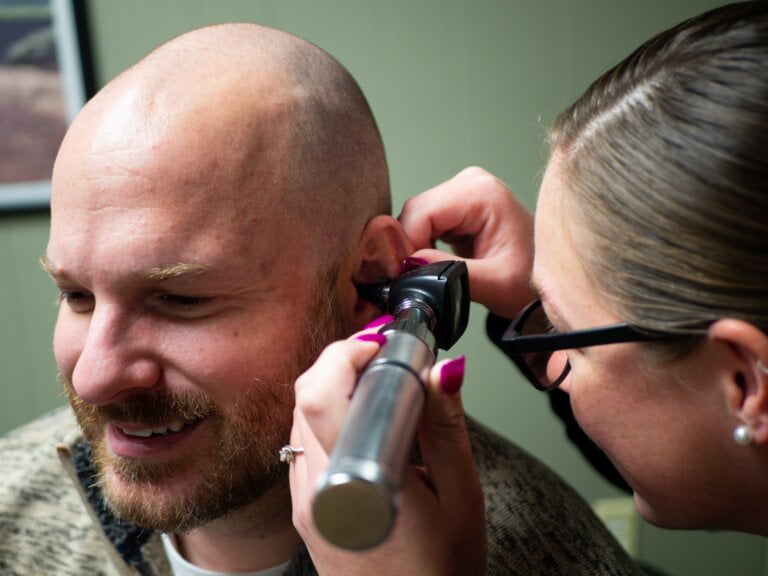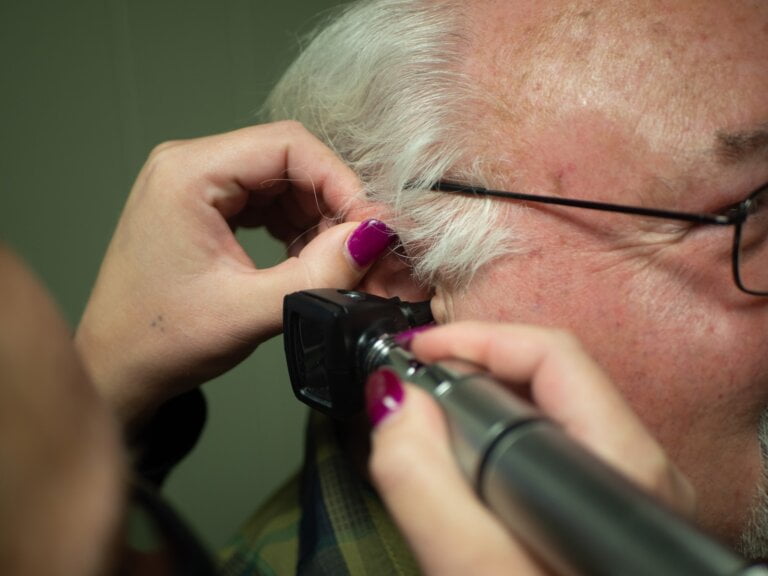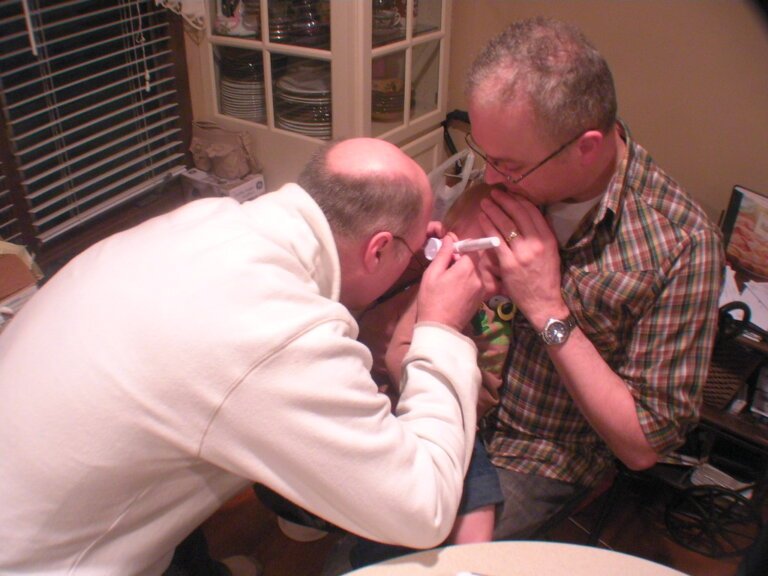A Guide to Advanced Level Jobs in Manual Instrument Ear Wax Removal
Last Updated on 14th August 2023 by Beth Chapman
Ear wax removal is a vital aspect of maintaining ear health and preventing potential hearing problems. While the process is commonly associated with simple techniques like ear drops or irrigation, there is a more advanced level of ear wax removal that requires specialised skills and knowledge. In this comprehensive guide, we will explore the world of manual instrument ear wax removal and the advanced level jobs associated with it.
Understanding Manual Instrument Ear Wax Removal
Manual instrument ear wax removal is a technique performed by trained professionals to safely extract excessive or impacted ear wax using specialised tools. Unlike other methods, such as ear drops or irrigation, manual instrument removal involves a hands-on approach, making it highly effective for challenging cases.
Manual instrument ear wax removal is needed in various situations:
- Impacted or Hardened Ear Wax: In some cases, the ear wax becomes impacted or hardened, making it difficult to remove through regular means. The manual instrument technique allows professionals to carefully dislodge and extract the stubborn wax, providing relief to the individual.
- History of Ear Surgeries or Ear Canal Abnormalities: Individuals who have undergone ear surgeries or have abnormalities in their ear canal require specialised care for ear wax removal. Manual instrument techniques are often necessary to ensure the safety and effectiveness of the procedure in such cases.
- Symptoms of Ear Wax Blockage: Symptoms like hearing loss, tinnitus, or earache may indicate a blockage caused by excessive ear wax. Manual instrument ear wax removal can help alleviate these symptoms by safely removing the blockage and restoring normal ear function.
Jobs in Manual Instrument Ear Wax Removal
Working in the field of manual instrument ear wax removal requires a specific set of skills and qualifications. Let’s explore some of the advanced level jobs available in this field:
1. Ear Wax Removal Specialist
An ear wax removal specialist is a professional trained in the art of manual instrument ear wax removal. They possess in-depth knowledge of ear anatomy, ear wax characteristics, and various removal techniques. Their primary role involves assessing patients, determining the best course of action, and performing safe and effective ear wax removal procedures.
These specialists undergo extensive training to become proficient in manual instrument techniques. They are skilled in using specialised tools, such as curettes, forceps, and suction devices, to carefully remove ear wax. Additionally, they stay updated with the latest advancements and research in the field to ensure they provide the best possible care to their patients.
2. Audiologist
Audiologists, who specialise in diagnosing and treating hearing disorders, often possess the expertise to perform manual instrument ear wax removal. As professionals in the field of audiology, they can assess a patient’s hearing health and determine the presence of excessive ear wax. If necessary, they can use their skills to manually remove the ear wax, ensuring optimal hearing health.
In addition to their knowledge of ear wax removal techniques, audiologists are well-versed in conducting comprehensive hearing evaluations and providing appropriate treatment plans. They work closely with individuals to address any hearing concerns and ensure their overall ear health.
3. ENT Specialist
Ear, Nose, and Throat (ENT) specialists are medical doctors who specialise in treating disorders related to the head and neck. While their primary focus is on surgical interventions, many ENT specialists are skilled in manual instrument ear wax removal techniques. They may perform such procedures in their clinics or as part of a comprehensive treatment plan for patients with complicated ear wax issues.
ENT specialists have a deep understanding of the anatomy and physiology of the ear, allowing them to perform manual instrument ear wax removal with precision and expertise. They are trained to handle complex cases and provide specialized care when necessary.
4. Registered Nurse (RN)
Registered nurses play a crucial role in healthcare settings, including manual instrument ear wax removal. Under the guidance of a specialist, RNs may assist in the removal process, ensuring patient safety and comfort during the procedure. Their expertise in patient care and knowledge of infection control practices is invaluable in providing a positive experience for patients undergoing ear wax removal.
RNs who are involved in manual instrument ear wax removal receive specialised training to understand the techniques involved and ensure the well-being of the patient. They work closely with the ear wax removal specialist or other professionals, providing support and facilitating a smooth procedure.
5. Ear Care Technicians
Ear care technicians are professionals specifically trained in performing manual instrument ear wax removal. They may work alongside audiologists, ENT specialists, or in specialised ear care clinics. These technicians are skilled in using various tools and techniques to safely and efficiently remove ear wax, ensuring patient satisfaction and optimal ear health.
Ear care technicians undergo rigorous training programs that cover a wide range of topics, including ear anatomy, infection control, and manual instrument techniques. They are proficient in identifying different types of ear wax and selecting the appropriate tools for extraction. Their expertise helps individuals maintain healthy ears and prevent potential hearing problems.
Training and Qualifications
To excel in advanced level jobs related to manual instrument ear wax removal, individuals must undergo specific training and obtain relevant qualifications. While the requirements may vary depending on the country or institution, the following are common steps to pursue a career in this field:
- Obtain a Relevant Degree or Certification: Aspiring professionals can pursue degrees or certifications in audiology, nursing, or a related field to build a strong foundation of knowledge. These educational programs cover various aspects of ear health and provide a solid understanding of the techniques involved in manual instrument ear wax removal.
- Gain Hands-on Experience: Practical experience under the supervision of experienced professionals is crucial for developing the necessary skills and confidence in performing manual instrument ear wax removal. This hands-on training allows individuals to refine their techniques and understand the intricacies of different cases.
- Attend Specialised Training Programs or Workshops: Continuous learning is essential in the field of manual instrument ear wax removal. Professionals should actively seek out specialised training programs or workshops that focus on the latest techniques, tools, and research in the field. These programs help individuals stay updated and enhance their expertise.
- Stay Updated with the Latest Advancements: Continuing education programs, conferences, and industry publications are valuable resources for staying informed about the latest advancements and research in manual instrument ear wax removal. Professionals should actively engage in ongoing learning to provide the best possible care to their patients.
Conclusion
Advanced level jobs in manual instrument ear wax removal require specialised skills, expertise, and knowledge. Professionals in this field, such as ear wax removal specialists, audiologists, ENT specialists, registered nurses, and ear care technicians, play a vital role in ensuring optimal ear health for individuals with excessive or impacted ear wax. By understanding the importance of manual instrument ear wax removal and the various careers associated with it, individuals can make informed decisions about their ear health and seek the appropriate care when needed.
FAQ
Q1: What is manual instrument ear wax removal?
A1: Manual instrument ear wax removal is a technique performed by trained professionals using specialised tools to safely extract excessive or impacted ear wax.
Q2: When is manual instrument ear wax removal needed?
A2: Manual instrument ear wax removal is needed in situations where the ear wax is impacted or hardened, individuals have a history of ear surgeries or ear canal abnormalities, or they experience symptoms of ear wax blockage such as hearing loss, tinnitus, or earache.
Q3: What are the advanced level jobs in manual instrument ear wax removal?
A3: The advanced level jobs in manual instrument ear wax removal include Ear Wax Removal Specialist, Audiologist, ENT Specialist, Registered Nurse (RN), and Ear Care Technician.
Q4: What are the steps to pursue a career in manual instrument ear wax removal?
A4: The common steps to pursue a career in manual instrument ear wax removal include obtaining a relevant degree or certification, gaining hands-on experience, attending specialised training programs or workshops, and staying updated with the latest advancements through continuous learning.


